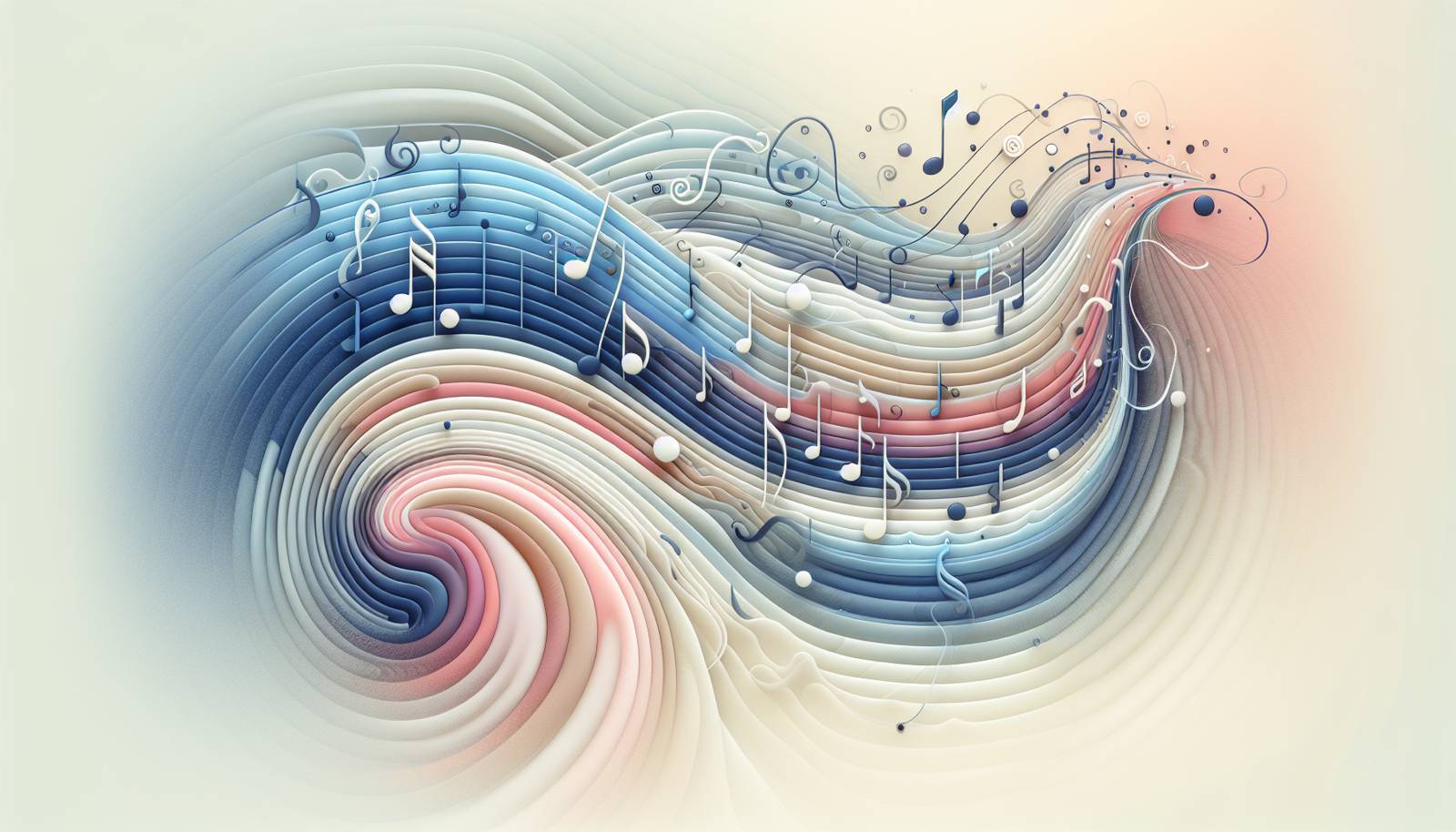
FAQ About The Evolution of Music Videos as Art Forms

What are the origins of music videos as an art form?
The origins of music videos as an art form can be traced back to the early 20th century with the advent of sound films. However, it was in the 1960s and 1970s that music videos truly began to evolve, with artists like The Beatles and David Bowie using this medium to complement their music with visual storytelling. The conceptual music video took a giant leap forward in the 1980s with the launch of MTV, which dedicated itself to this artistic medium.

How did MTV impact the evolution of music videos?
MTV, launched in 1981, had a profound impact on the evolution of music videos. It provided unprecedented exposure and a platform where music videos became an essential aspect of an artist's image and marketing strategy. This led to increased investment in the production of music videos, allowing them to become more sophisticated and experimental, turning them into a recognized art form in popular culture.

In what ways have music videos influenced visual culture?
Music videos have significantly influenced visual culture by introducing new aesthetics and narrative techniques. They have shaped fashion trends, popularized dance moves, and pushed the boundaries of visual effects. Music videos often combine elements from film, photography, and avant-garde art, making them a melting pot of contemporary visual culture.

How have artists used music videos to express their artistic vision?
Artists have utilized music videos to express their artistic vision by crafting compelling visual narratives that align with their musical themes. They often use symbolism, conceptual storytelling, and innovative visuals to enhance the song’s message. Artists like Björk and Beyoncé, for instance, are known for using music videos to explore complex artistic and social themes, making them powerful tools for artistic expression.

What role do directors play in the artistic value of music videos?
Directors play a crucial role in the artistic value of music videos, as they translate the artist's vision into a visual medium. Renowned directors like Spike Jonze, Michel Gondry, and Hype Williams have brought unique storytelling and stylistic choices to their projects, pushing the boundaries of what a music video can be and helping to establish them as significant works of art in their own right.

How do music videos integrate with contemporary media artistry?
Music videos integrate with contemporary media artistry by utilizing the latest technology and digital platforms to reach audiences. They often incorporate elements of digital art, animation, and virtual reality, creating immersive experiences. Platforms like YouTube and TikTok have democratized access, allowing both mainstream and independent artists to showcase their work and influence contemporary media artistry.

Can music videos be considered a form of short film?
Yes, music videos can often be considered a form of short film, as they share similar elements of storytelling, character development, and cinematography. Many music videos are designed to tell a story that complements the song's lyrics, making them self-contained narrative pieces. Their artistic and narrative complexity often elevates them to the status of a short film.

What are some iconic music videos known for their artistic innovation?
Several music videos are celebrated for their artistic innovation, including Michael Jackson's "Thriller," which revolutionized the use of narrative and choreography. Madonna's "Like a Prayer," known for its provocative themes and visuals, and OK Go's "Here It Goes Again," famous for its elaborate one-take treadmill dance, are also iconic examples of creative artistry in music videos.

How have technological advancements affected music videos as art forms?
Technological advancements have greatly transformed music videos, enhancing their potential as art forms. Innovations in computer-generated imagery (CGI), special effects, and digital editing have allowed for more creative and visually captivating productions. Technologies such as green screens, motion capture, and 3D animation have enabled directors and artists to realize complex artistic visions that were previously impossible.

Do music videos contribute to an artist's brand identity?
Yes, music videos are instrumental in shaping and reinforcing an artist's brand identity. They provide a visual representation of the artist's style and persona, helping fans connect more deeply with their music. Through consistent visual themes and storytelling, music videos can help establish and distinguish an artist's unique brand in the competitive music industry.

What is the significance of narrative in music videos?
Narrative is a significant component of many music videos, as it provides a storyline that can deepen the emotional impact of the song. A compelling narrative can bring the lyrics to life, offering viewers an immersive experience. Story-driven music videos often leave a lasting impression, turning them into memorable art forms that can transcend the music itself.

How do music videos reflect social and cultural issues?
Music videos often tackle social and cultural issues, using their widespread appeal and visual impact to address topics such as race, gender, and politics. Artists like Kendrick Lamar and Childish Gambino have used their music videos to comment on social justice and cultural identity, sparking conversations and raising awareness about critical societal issues.

Are there music videos that have transcended their medium to influence art or fashion?
Yes, several music videos have transcended their medium to influence art and fashion. For example, Madonna's "Vogue" popularized the dance style known as voguing and inspired fashion trends with its glamorous, black-and-white style reminiscent of 1930s Hollywood. Similarly, Lady Gaga's videos have significantly influenced contemporary fashion with their avant-garde and bold aesthetics.

How have music videos changed in the digital age?
In the digital age, music videos have seen a shift in production and distribution. The rise of internet platforms has allowed for a more global reach and viral potential. Videos are now often designed to maximize online engagement and shareability. Additionally, digital tools have expanded creative possibilities, enabling more interactive and multimedia-rich content.

What role does choreography play in music videos?
Choreography is a vital element of many music videos, enhancing both the visual and emotional impact of the song. It provides dynamic movement that complements the music, making the video more engaging and memorable. Iconic choreography can often become synonymous with the song, as seen in music videos like Beyonce's "Single Ladies" and Michael Jackson's "Thriller."

Why are music videos important in contemporary pop culture?
Music videos are a key component of contemporary pop culture, serving as both promotional tools and creative expressions. They help shape cultural trends, influence younger audiences, and provide a platform for artists to connect with their audience visually and emotionally. Their impact on fashion, dance, and social issues maintains their relevance and significance in pop culture.

Are interactive music videos becoming more popular?
Yes, interactive music videos are gaining popularity as technology advances. These videos allow viewers to engage with the content in a personal and participatory way, often using choices or actions to alter the outcome or perspective. This immersive experience can deepen audience engagement and provides a novel way for artists to present their music.

How have indie artists used music videos to gain popularity?
Indie artists have leveraged music videos as a powerful tool to gain popularity by creatively showcasing their style and storytelling ability. With the rise of platforms like YouTube, they can reach a global audience without needing a major label's resources. Unique or visually striking videos can go viral, significantly boosting an indie artist's exposure and fanbase.

What are some examples of music videos that convey powerful political messages?
Music videos such as Childish Gambino's "This Is America" and Beyoncé's "Formation" are renowned for their powerful political messages. "This Is America" addresses themes of gun violence and racial discrimination, while "Formation" tackles issues of black identity and resilience. These videos use compelling visuals to enhance their political and social commentary, engaging viewers in critical discussions.

What is the future of music videos as art forms?
The future of music videos as art forms is promising, driven by technological innovations and evolving consumer engagement. Virtual reality, augmented reality, and AI are likely to offer new creative opportunities, allowing for more interactive and immersive experiences. As artists and directors continue to innovate, music videos will likely grow in artistic complexity and cultural significance.
